When stepping into a home for the first time, it’s fascinating how certain elements immediately catch the eye of a designer. This initial scan of the environment is not just about aesthetics; it’s about understanding the story and personality of the space. The art of first impressions in home design is deeply rooted in how effectively these elements communicate the homeowner’s style, functionality needs, and attention to detail.
Designers have a keen eye for these aspects, and their first impressions often set the tone for any potential redesign or adjustments. It’s this unique perspective that allows them to envision the home’s possibilities beyond its current state.
1. Room Lighting
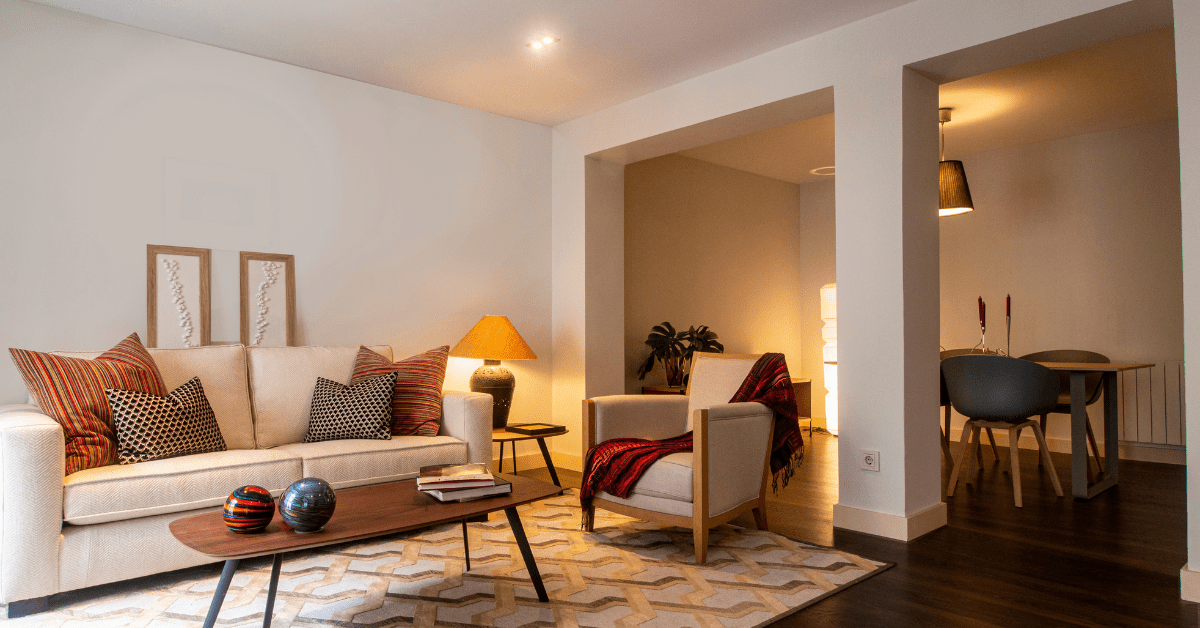
When designers step into a home for the first time, one of the initial elements they assess is the room lighting. It’s fascinating how this aspect can dramatically influence the ambiance and perceived space within a room. Good lighting can accentuate architectural features, highlight artwork, and even make the room appear more spacious and inviting. Designers are keen on observing whether the lighting is warm or cool, how it interacts with the color palette of the room, and if there are any unique fixtures that add character to the space. The interplay of natural and artificial light is also scrutinized, as it contributes significantly to the mood and functionality of the room.
2. Room Layout

When discussing the things designers notice the first time they enter a home, room layout undoubtedly stands out as a critical element. Designers have an innate ability to assess the spatial arrangement and flow of a room upon their first walkthrough. They can instantly gauge how well the furniture placement complements the room’s natural architecture, including how it might enhance or hinder movement within the space. This initial assessment is crucial, as it lays the groundwork for any recommendations they might make to improve both the functionality and aesthetic appeal of the home.
3. Sofas Against Walls

When stepping into a home for the first time, designers notice how sofas are positioned within the living space. It’s a common sight to see sofas pushed back against walls as if trying to create as much open space in the center of the room as possible. However, this arrangement can sometimes make a room feel less inviting and more like a waiting area. Designers know that pulling sofas away from walls, even just slightly, can foster a cozier atmosphere, encouraging conversation and making the living area feel more lived-in and welcoming.
4. Use of Flowers as Decor

Another element designers notice when entering a home is the strategic use of flowers as decor. This element speaks volumes about the homeowner’s attention to detail and their inclination towards bringing a slice of nature indoors. Flowers, whether fresh or artificial, have a unique way of adding vibrancy and a sense of freshness to a space. Designers often gauge how these natural elements are integrated into the living environment, noting if they complement the overall aesthetic or stand out as a focal point in the room.
5. Number of Pillows on Couch

When it comes to the subtle art of interior design, there are things designers notice the first time they enter a home, and one of those is the number of pillows on a couch. This detail might seem minor to the untrained eye, but to a designer, it speaks volumes about the homeowner’s approach to comfort, style, and functionality. A well-balanced arrangement of pillows can add depth, texture, and color to a living space, transforming a mundane couch into a focal point of the room. Designers look for a harmonious blend of sizes, shapes, and patterns that complement the overall decor while also inviting people to sit back and relax.
6. Overuse of Small Decor Pieces
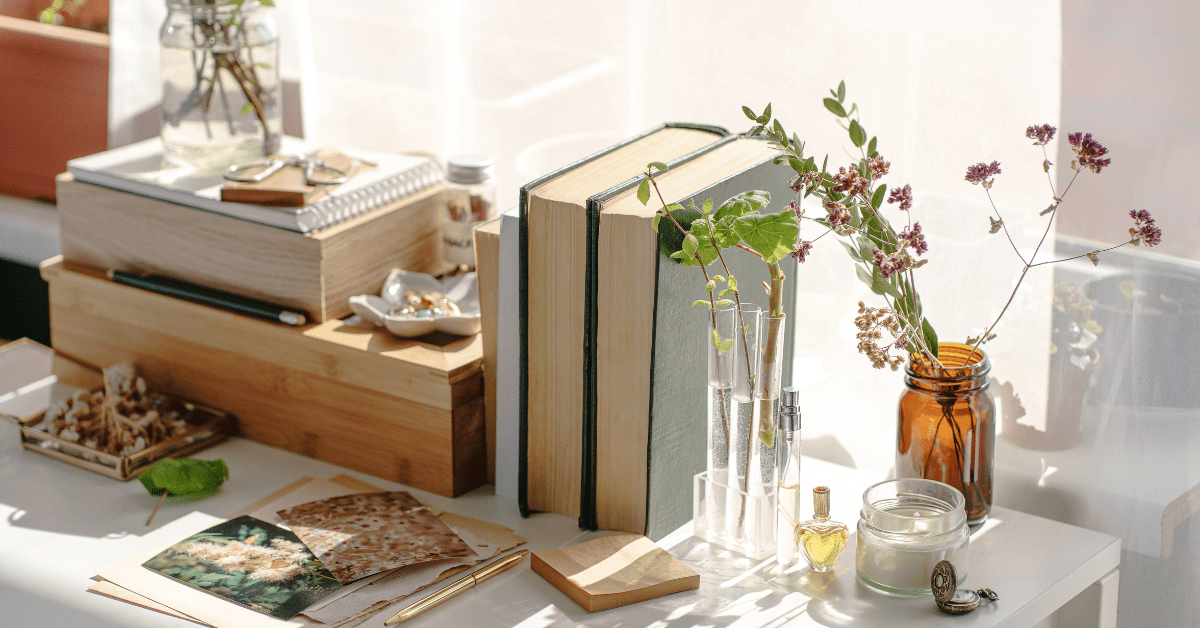
The key to avoiding this pitfall lies in understanding the balance and scale. A well-designed room incorporates a mix of large and small items, creating layers that draw the eye in a deliberate manner. Designers often suggest choosing fewer, more meaningful pieces that tell a story or add a significant visual impact. By doing so, homeowners can transform their spaces into more open, inviting areas that reflect a sense of intentionality. This approach not only enhances the aesthetic appeal but also makes the space more functional and comfortable to live in.
7. Shelves Arrangement
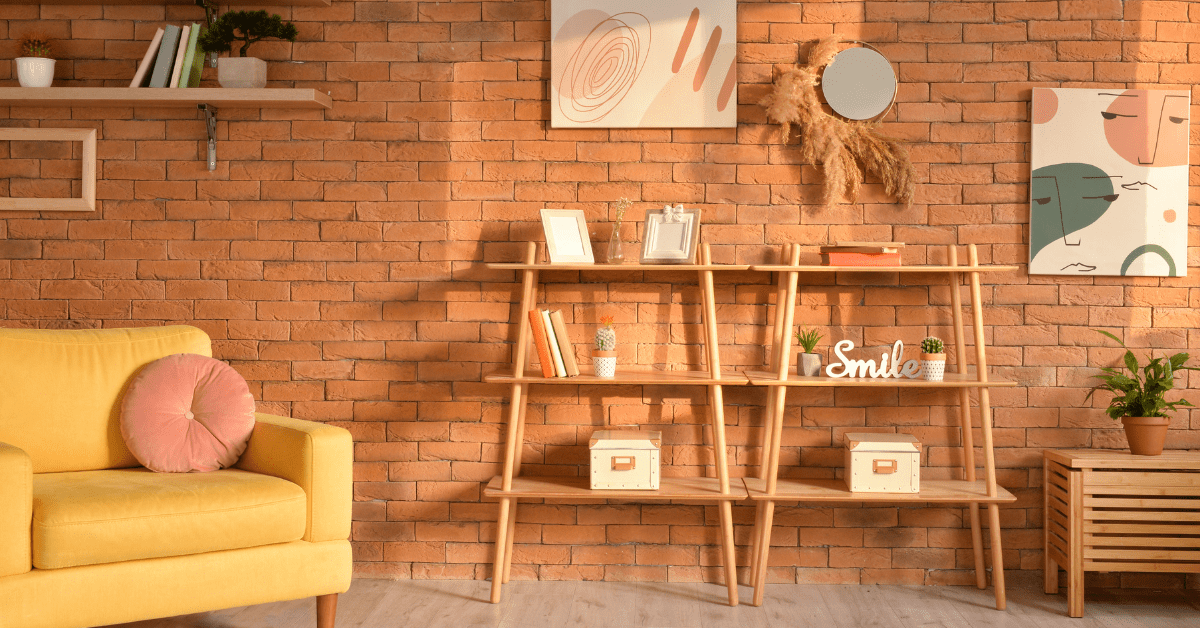
When walking into a home, designers right away notice the arrangement of shelves. This aspect of interior design can speak volumes about the homeowner’s personality and sense of style. A well-organized shelf with a mix of books, decorative items, and personal mementos can create a focal point in the room, drawing the eye and inviting conversation. Designers look for how these shelves are curated, noting the balance between functionality and aesthetics. The choice of items displayed, their arrangement, and even the spacing between them can transform a simple storage space into an artful display.
8. Smell of the Home

The scent of a home can convey a multitude of messages to a designer stepping inside, from the cleanliness and maintenance of the space to the personal lifestyle and preferences of its inhabitants. Designers are keenly aware of how the olfactory experience can influence the overall perception of a home. A fresh, inviting smell can enhance the aesthetic appeal of the interior, making it feel more welcoming and lived-in. Conversely, an unpleasant odor can detract from even the most beautifully designed spaces, overshadowing visual elements and leaving a lasting negative impression.
9. Curtain Length
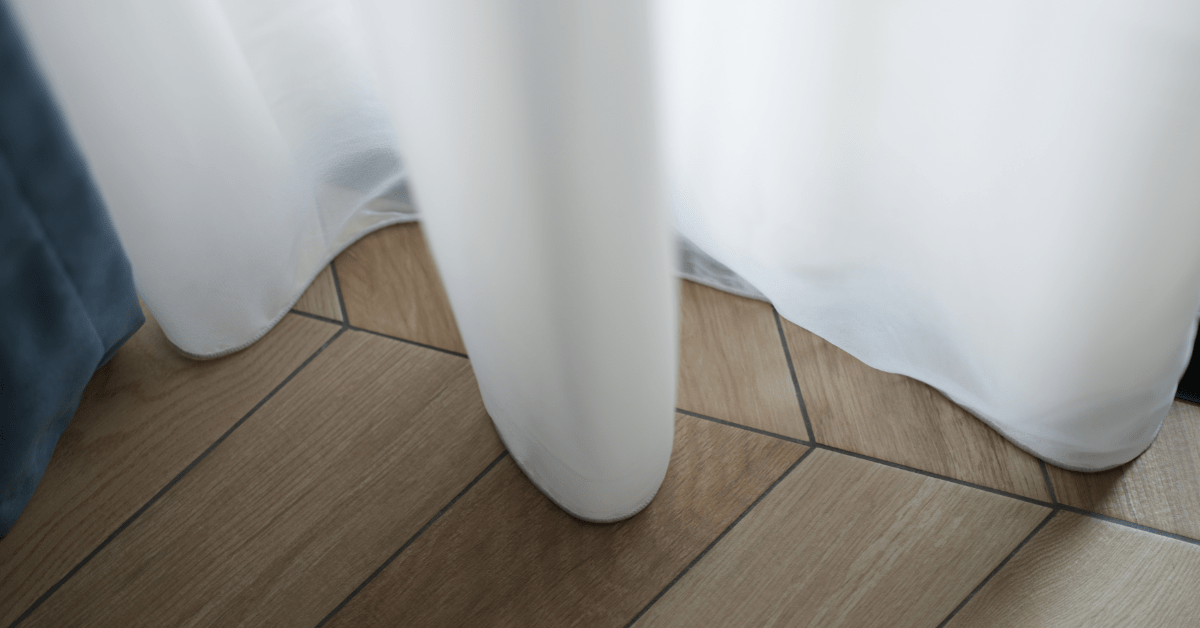
Although there are many things that designers notice when entering a home for the first time, curtain length plays a surprisingly pivotal role in their assessment. It’s not just about whether the curtains touch the floor or hover just above; it’s about how they contribute to the room’s overall aesthetic and functionality. Designers understand that curtains can dramatically alter the perception of a space, making it feel larger, cozier, or more luxurious, depending on their length and how they’re hung.
10. Furniture Placement
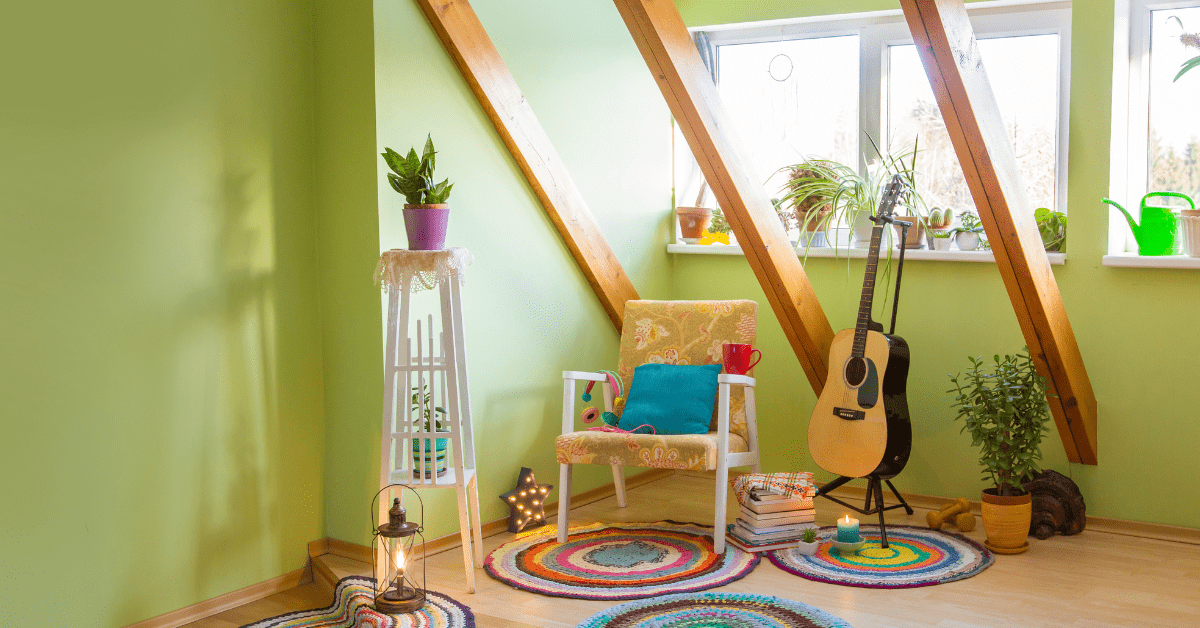
Last but not least, designers notice and highly value furniture placement. Designers assess how furniture is arranged to ensure it maximizes functionality while also enhancing the aesthetic appeal of the room. They look for a balance between the space’s flow and its usability, considering how each piece interacts with others and the room’s overall layout. The placement of furniture can make a room feel welcoming and spacious or cluttered and cramped, affecting the home’s overall ambiance.
Related Articles:
- 30+ Kitchen Pendant Lights To Complete Your Kitchen
- Curtains For a Stylish Living Room: Ideas and Inspirations
- 50 Bathroom Lighting Ideas to Brighten Your Space
In the realm of interior design, professionals have a unique eye for detail that allows them to immediately discern the various elements that make up the ambiance of a home. This keen observation skill enables them to understand how different components interact with one another to create what can be described as a symphony of elements.
It’s this harmonious blend that contributes to a cohesive home experience, where every piece, whether it be furniture, color, texture, or lighting, plays a part in the overall composition. Creating such a symphony requires not just an eye for individual beauty but an understanding of how these elements can be combined to evoke a feeling of unity and flow throughout the space.
Turn your house into the home of your dreams. Our newsletter provides you with design ideas and decor trends. Subscribe now to start your journey to a stunning home! Click here to subscribe now.



